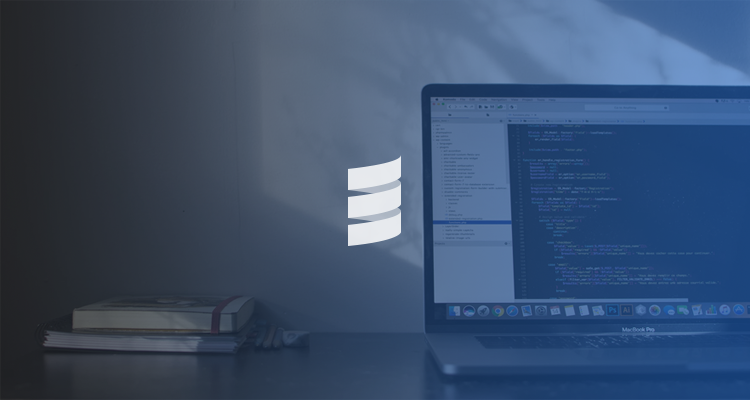Why Scala Is Our Programming Language of Choice

We truly love Scala. Scala has been one of the pillars of Codacy from the start. Joao, who has an Enterprise Java background, has loved the language from the beginning and we’ve since taught Scala to new people joining in the company.
So, Why Scala?
Initially, we wanted to have the expression power of dynamic languages without losing static type safety. We placed our bets on Scala and, judging from adoption rates, we believe this was a good decision. The type system is turing complete. This should say enough about its potential.
Scala has also helped us with hiring; typically, if someone is interested in working with Scala, they will probably be a good fit for us as a company. This is because a special spark in a engineer is needed for him/her to be curious and interested in working with new languages. Having said that, Scala is no longer a new language. Its adoption has been growing steadily and fueled by the big data movement and platforms such as Spark.
When defining Codacy’s architecture, we knew that the system we would have to build to analyze millions of lines of code per hour and would have to treat scalability, distribution and concurrency as first class citizens. We were already sold on Scala, since as I mentioned, we’ve been fans of the language for a long time. The process of choosing Play and Akka was simple: both are built for massive operations and have the backing of a strong growing company such as Typesafe. We treat every single operation as an immutable task for an actor. From parsing code, to dealing with code repositories, to applying code patterns to ASTs: everything is a task for us that we distribute to pools of actors. Akka excels at this job.
Now, we’re in a position where our current infrastructure demands further decomposition into services and that we break a monolith. Because we’ve modeled our system already in components, this has been easy from the architecture standpoint.
We are especially excited about the great work from the Scala team on Abide, Scala-Meta from Eugene Burmako and his team, and about the TASTY spec announced by Martin Odersky. It has many things we’ve been looking for to support customers interested in deeper code analysis.
Scala has been a great decision for us and it’s paying off in many ways.
Edit: We just published an ebook: “The Ultimate Guide to Code Review” based on a survey of 680+ developers. Enjoy!
About Codacy
Codacy is used by thousands of developers to analyze billions of lines of code every day!
Getting started is easy – and free! Just use your GitHub, Bitbucket or Google account to sign up.
.svg)


